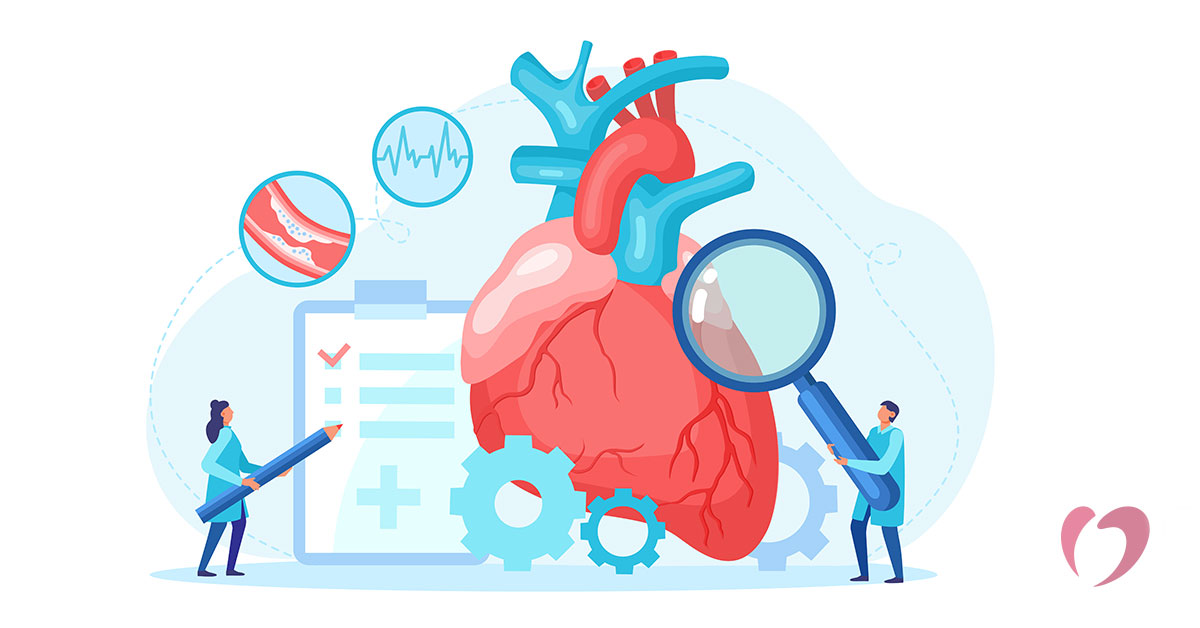Understanding the Left Ventricular Assist Device (LVAD) for Heart Failure

For patients experiencing advanced heart failure, a left ventricular assist device (LVAD) can be a life-saving option. Whether used as a bridge to a heart transplant or as a long-term solution, an LVAD helps restore the heart’s ability to pump blood. Let’s take a closer look at what an LVAD is, when it’s used, and what patients should know if they are considering one.
What is a Left Ventricular Assist Device (LVAD)?
An LVAD is a mechanical device implanted into the chest to help the heart’s left ventricle pump blood to the rest of the body. The left ventricle is the heart’s main pumping chamber, and when it weakens due to advanced heart failure, the LVAD helps maintain proper blood flow.
When is an LVAD used?
LVADs are used in patients with advanced heart failure who are no longer responding to standard medical treatments. The device can be used in three primary ways:
- Bridge to transplant — Patients awaiting a heart transplant often use an LVAD as a temporary solution to support their heart function until a donor heart becomes available.
- Destination therapy — Patients who are not candidates for a heart transplant can use an LVAD as a long-term solution to maintain a higher quality of life by improving their heart’s ability to pump blood.
- Bridge to recovery — In rare cases, an LVAD may be used temporarily to allow a patient’s heart to recover after surgery or severe heart failure. Once the heart has regained its strength, the LVAD can be removed.
What should patients know about getting an LVAD?
Getting an LVAD is a major decision, and there are several important factors to consider.
- The surgical process — Implanting an LVAD requires open-heart surgery, which means a significant recovery period. Most patients spend several weeks in the hospital recovering and getting used to the device.
- Living with an LVAD — LVADs are powered by external batteries, so patients need to carry portable power sources and ensure their batteries are always charged. Patients will also need regular checkups to ensure the device is working properly.
- Adjusting to daily life — Many patients with LVADs can return to a relatively normal life, including resuming some physical activities and returning to work. However, there are some necessary lifestyle adjustments, like managing the device’s equipment, monitoring your health, and avoiding certain activities that could damage the LVAD.
- Risks and benefits — As with any medical procedure, there are risks involved with LVAD surgery, including infection, blood clots, or device malfunction. However, for many patients, the benefits of improved heart function and quality of life outweigh these risks.
Oklahoma Heart Hospital’s expertise in LVAD care
At Oklahoma Heart Hospital, we have extensive experience helping patients with advanced heart failure find the right solution for their needs. Our team of heart specialists works closely with each patient to determine whether an LVAD is the right option and provides expert care throughout the process — from surgery to recovery and beyond.
If you’re considering an LVAD or want to learn more about advanced heart failure treatments, contact the Oklahoma Heart Hospital today to schedule a consultation with one of our experts.
